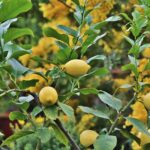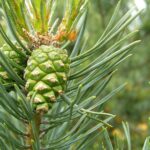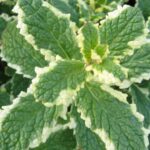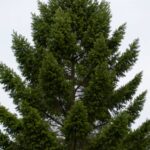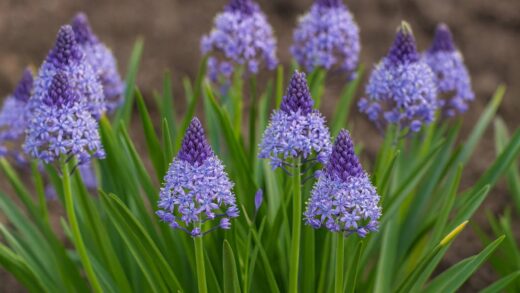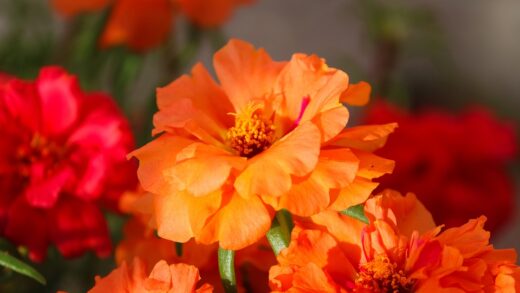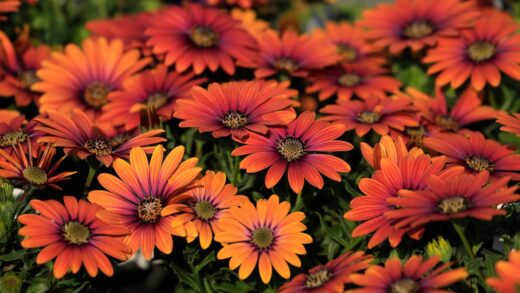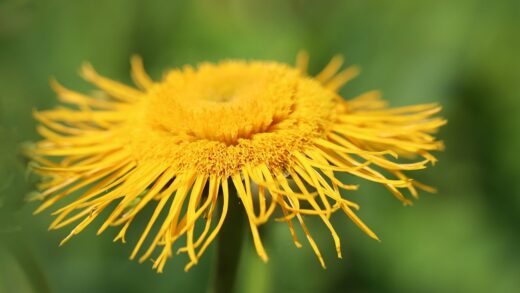The cornflower, or Centaurea cyanus by its scientific name, is a fascinating and widely loved annual plant whose vibrant blue petals evoke the atmosphere of summer meadows. Although most people know it as an annual, with the right techniques and a little care, the cornflower can be overwintered, allowing it to produce flowers earlier and more vigorously the following season. The success of overwintering largely depends on the chosen method and local climate conditions, but for the diligent gardener, it can be a rewarding task. Understanding the plant’s life cycle and cold tolerance is essential for this process, enabling proper preparation for the cold months. This article provides a detailed guide to the steps and practices by which the cornflower can successfully survive the winter and once again become a jewel of the garden the following spring.
The cornflower is fundamentally a cold-hardy annual, meaning its seeds and young plants can tolerate moderate frosts. Taking advantage of this characteristic, autumn sowing is one of the most common and simplest ways to “overwinter” it. Seeds sown in the autumn survive the winter dormant in the soil and then begin to germinate in early spring with the arrival of the first warmer days. This method mimics a natural process, as wild cornflowers often self-seed at the end of summer, thus ensuring the survival of the next generation. The advantage of autumn sowing is that the plants have more time to develop a strong root system before the summer heat arrives.
Choosing the correct sowing time is crucial for success. The ideal time is early autumn, usually late September or early October, when the soil temperature has dropped but there is still enough time for the seeds to “settle” before germination. If sown too early, the young seedlings may grow too large before winter sets in, making them more vulnerable to hard frosts. Conversely, sowing too late does not provide enough time for the seeds to properly embed in the soil. Soil preparation is also an important step; the area must be thoroughly cleared of weeds, and the surface should be lightly loosened to ensure good seed-to-soil contact.
After sowing the seeds, nature largely does the work, but a few small interventions can increase the chances of success. A thin layer of mulch, such as straw or fallen leaves, can help protect the seeds from extreme temperature fluctuations and soil dehydration. This protective layer also prevents the growth of weeds in early spring, which would compete with the young cornflowers for nutrients and light. It is important, however, that the mulch layer is not too thick, as it could inhibit seed germination with the onset of spring. In the spring, once the danger of frost has passed and the seedlings appear, the mulch can be carefully removed or thinned.
Overwintering young plants
If the cornflower was sown in the spring and you still have young, vigorous specimens at the end of the season, you can also attempt to overwinter these. This method is more challenging than autumn sowing but can result in earlier and more abundant blooms if successful. The key to success is selecting the right plants; only healthy plants, free from diseases and pests, should be chosen for overwintering. Weaker, older, or damaged plants are unlikely to survive the winter stress, even with the most careful care. It is advisable to cut back the plants intended for overwintering to a height of about 10-15 centimeters before the first frosts.
More articles on this topic
After cutting them back, the most important task is to protect the base of the plants. This can be achieved by applying a thick layer of mulch, which acts as an insulator against the frost. You can use compost, straw, shredded bark, or even fallen leaves. Mulch not only protects the root zone from the cold but also helps to retain soil moisture and prevents soil heaving caused by sudden temperature changes, which can damage the roots. The mulch layer should be spread about 10-15 centimeters thick around the plants, being careful not to cover the stems completely to prevent rot.
Watering should also be considered during the overwintering period, although much less irrigation is needed than during the growing season. During longer, dry, frost-free periods, it is advisable to water the base of the plants moderately to prevent the soil from drying out completely. However, overwatering should be avoided, as standing water can lead to root rot, especially in cold, airless soil. The goal is to keep the soil slightly moist. Winter precipitation usually provides sufficient moisture, but prolonged drought may justify intervention.
In the spring, after the last hard frosts have passed, the winter protection should be gradually removed. The mulch layer should be dismantled carefully, in several stages, to allow the plants to acclimate to the changing conditions and the strengthening sunlight. Sudden uncovering can cause stress to the newly awakening plants. Once the cover is removed, the plants will soon produce new shoots. At this time, a light, balanced fertilization can help kick-start growth and prepare the plants for abundant summer flowering.
Container overwintering
Growing cornflowers in pots or other containers is becoming increasingly popular, especially in smaller gardens or on balconies. Overwintering container plants requires special attention because their root systems are much more exposed to the cold than those of their counterparts planted in the open ground. The walls of a pot do not provide as much insulation as the soil, so the roots can freeze more easily. Therefore, a protected overwintering location must be provided for container-grown cornflowers. For success, choose a frost-proof container from the start that can withstand the rigors of winter weather and will not crack due to frost.
More articles on this topic
The ideal overwintering location is a cool but frost-free room, such as an unheated garage, basement, greenhouse, or a sheltered, covered terrace. The key is that the temperature should consistently remain above freezing but not be too warm, as this would encourage the plant to sprout prematurely. The overwintering site should receive some diffused light, but direct, strong sunlight should be avoided. As the autumn frosts approach, it is advisable to cut the plants back, removing spent flowers and damaged parts, and then move them to the chosen overwintering location.
Watering container plants is minimal during the winter months. The soil should only be kept moist enough to prevent it from drying out completely. It is usually sufficient to water them moderately once or twice a month, depending on the humidity and temperature of the overwintering room. Overwatering is the most common mistake in container overwintering, which can easily lead to root rot and the death of the plant. Always check the soil moisture content before watering. Nutrient supplementation is not needed at all during the winter dormancy period.
In the spring, when the danger of frost has passed, gradually re-acclimate the container-grown cornflowers to the outside conditions. First, take them out to a shady, sheltered spot for just a few hours, then increase the time spent outdoors and the amount of sunlight day by day. This “hardening off” process should take about one to two weeks to avoid leaf scorch and shocking the plant. Once the plants are fully acclimatized, they can be moved to their final location, and regular watering and fertilizing can begin for a splendid summer display of flowers.
Secrets of successful overwintering and common mistakes
The success of overwintering cornflowers can depend on many small details. One of the most important factors is choosing the right variety. Although Centaurea cyanus is generally cold-hardy, there are specifically winter-hardy varieties that tolerate the cold months better. It is worth inquiring about these varieties at local garden centers or reputable seed suppliers. The quality and drainage of the soil are also crucial; the cornflower prefers well-drained, loose-textured soil. Winter precipitation and standing water can cause root rot, so heavy, clay soils should be improved with sand or compost before planting.
A common mistake during overwintering is excessive care, especially overwatering. Plants are in a dormant period in winter, their metabolism slows down, so their water and nutrient needs decrease drastically. Well-intentioned but unnecessary watering does more harm than good. Another common problem is the premature or delayed removal of winter protection (mulch). If the cover is removed too early, a late frost can cause serious damage to the new shoots. Conversely, if it is left on for too long, the plant can suffocate underneath, leading to the development of fungal diseases, and the lack of light will result in weak and stunted shoots.
Pest and disease control should not be forgotten during the winter period, especially for container plants overwintered in a protected location. A cool, damp environment can favor the proliferation of molds and other pathogens. Regularly inspect the plants and remove any infected leaves or plant parts. Ensuring proper ventilation in the overwintering location also helps prevent fungal problems. Prevention is always easier than treating an established disease.
Finally, it is important to understand that overwintering does not always guarantee success. The survival of the plant also depends on the severity of the winter, the local microclimate, and the individual condition of the plant. Sometimes, despite the most careful care, losses can occur. It is worth accepting this risk and viewing overwintering as an exciting horticultural experiment, the reward of which is the sight of early and vigorous cornflowers blooming the following spring. By learning from experience, you can perform this task more successfully year after year, contributing to the diversity and beauty of your garden.







